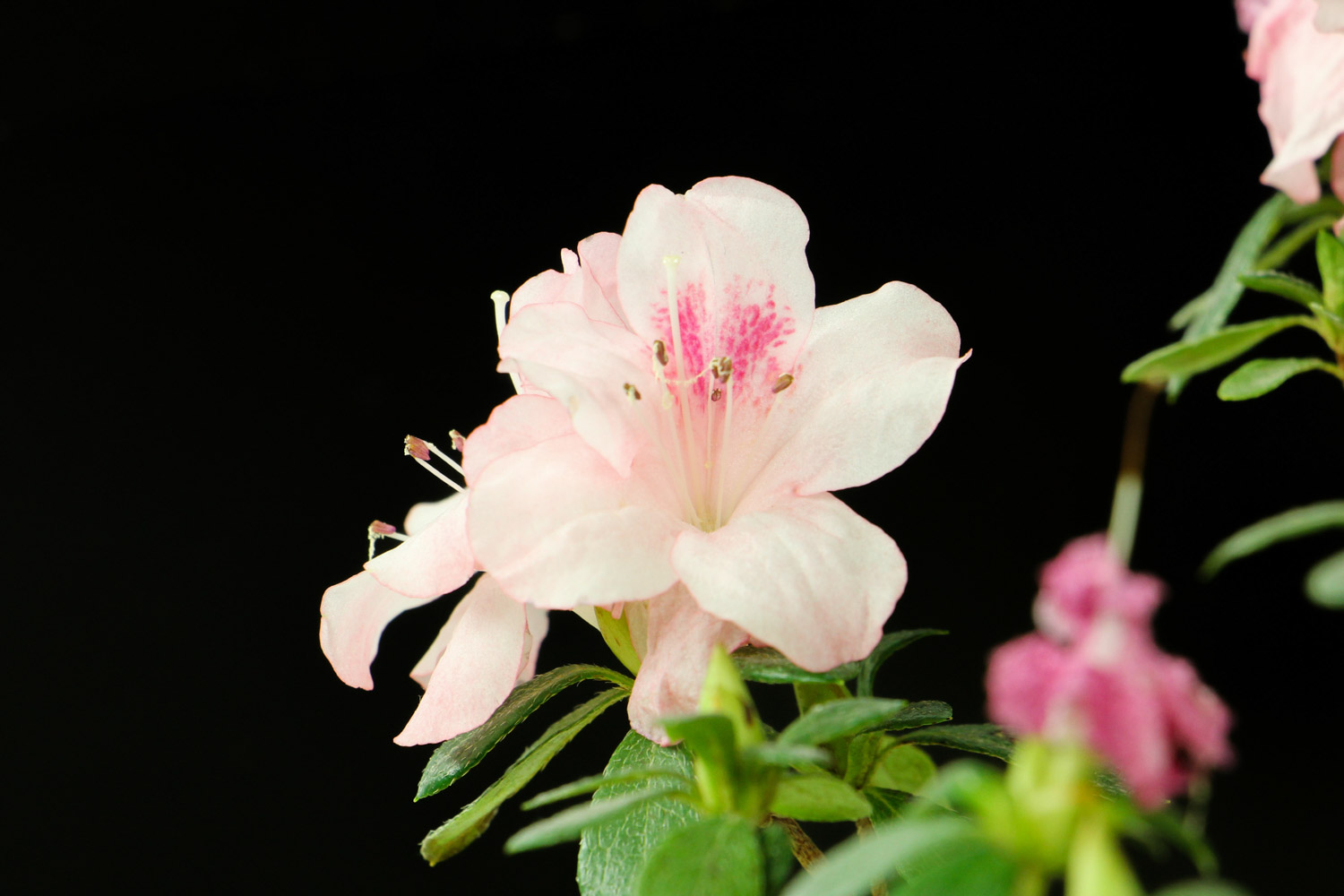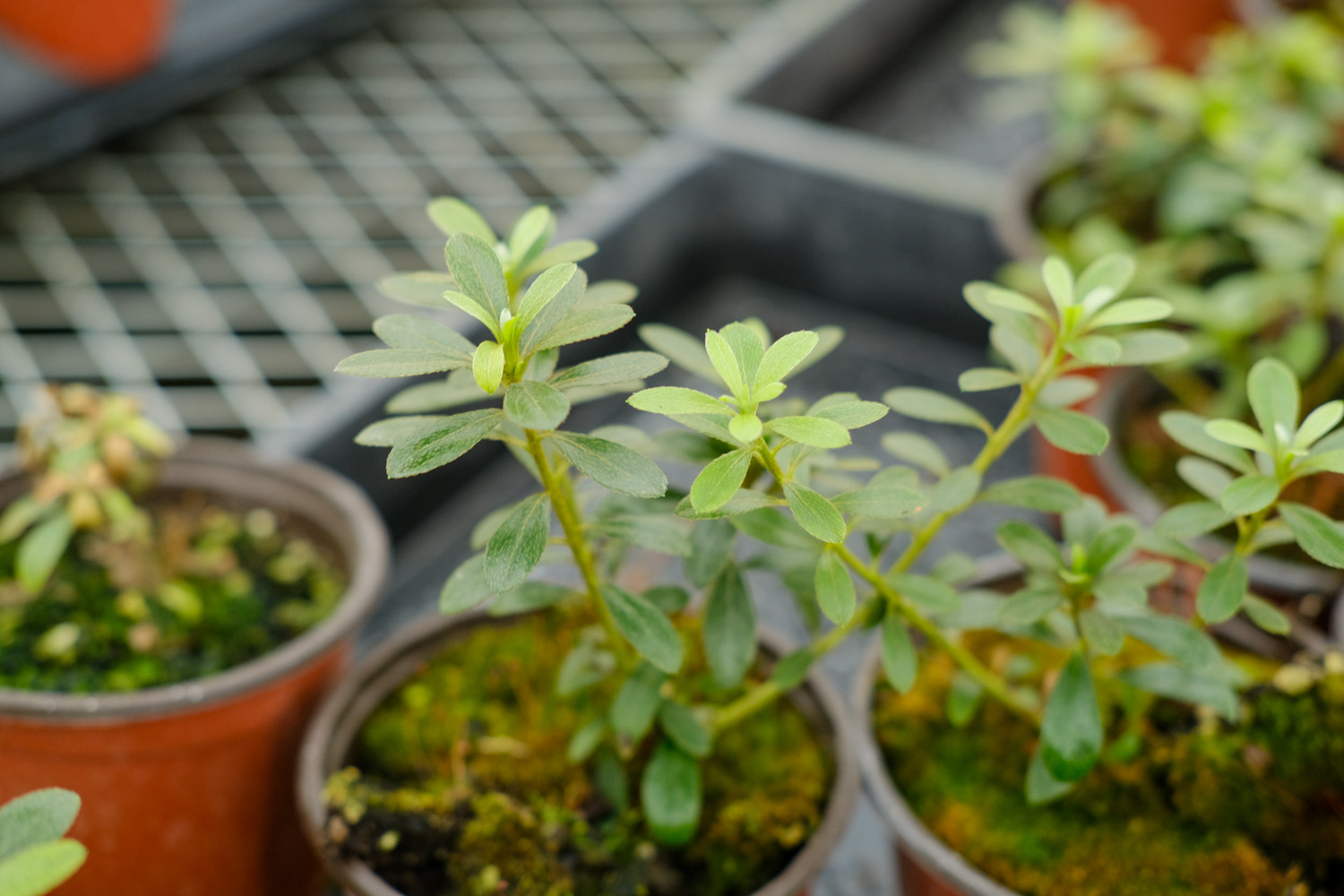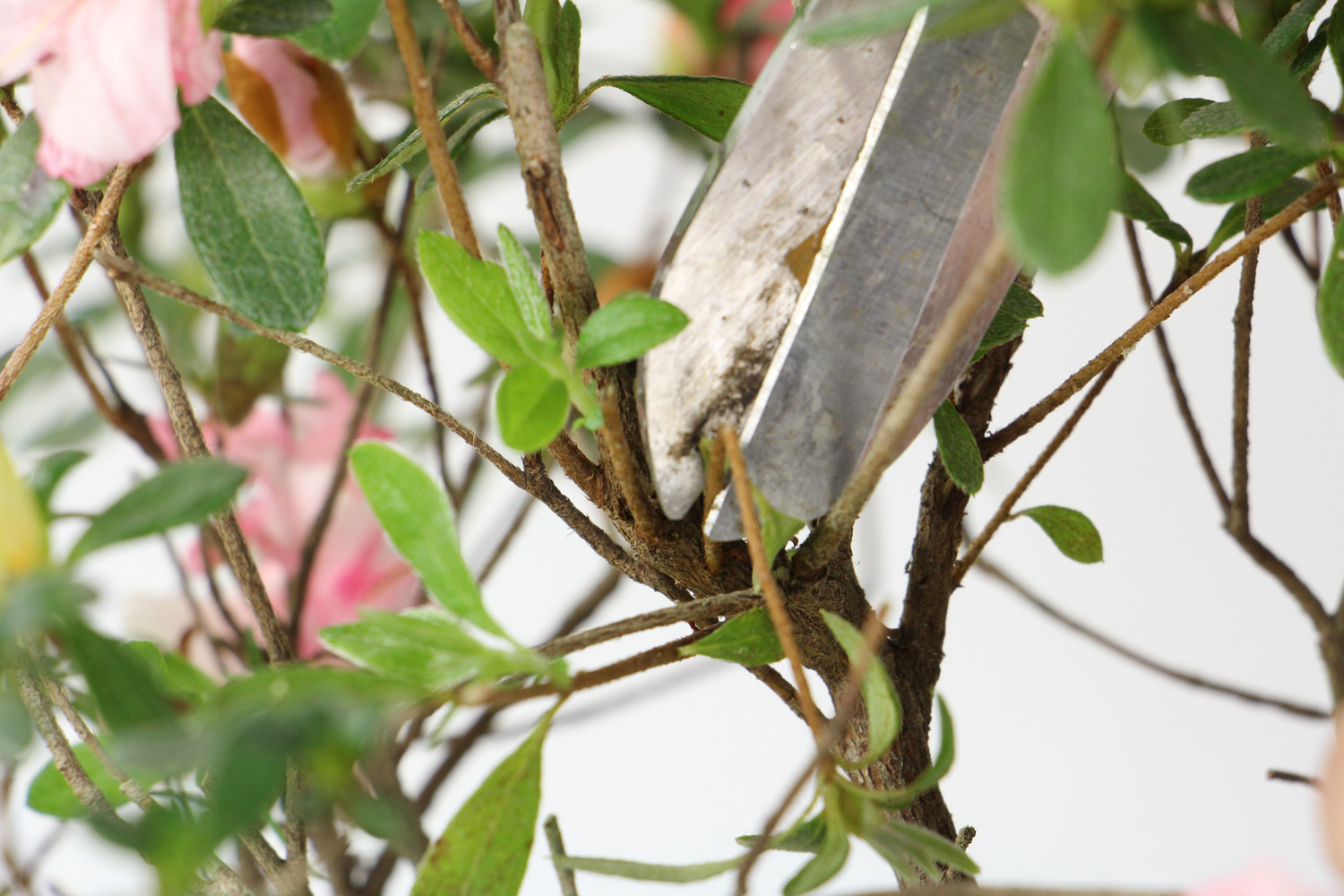1、 Basin soil preparation
The requirements of Rhododendron on soil are consistent with the previous basin soil. In the past, it was cultivated with loose coarse soil, and the new soil should also use loose coarse soil. Add bone meal or rotten animal manure into the basin as base fertilizer, which is helpful for its growth

2、 Remove the basin
Stop watering for a period of time before removing the basin. After separating the pot soil from the pot wall, carefully take out the azalea from the pot. After taking out, remove one third of the old soil, check its roots, and cut off the old and bad roots in time

3、 Pot planting
Choose a flowerpot of the right size. The basin bottom is padded with several broken tiles and a layer of coarse sand, which can increase its drainage. Then add a little culture soil, plant the azalea in the basin, fill it with soil and compact it. After pouring water, place it in the semi shade for curing

4、 Slow seedling maintenance
After changing pots, it will experience a slow seedling period of half a month. Don't water too much at this time. Wait until the soil turns white. At the same time, we can't apply fertilizer to avoid burning the root. At the same time, we can trim it properly to reduce the waste of nutrients by branches and leaves

 how many times do yo...
how many times do yo... how many planted tre...
how many planted tre... how many pine trees ...
how many pine trees ... how many pecan trees...
how many pecan trees... how many plants comp...
how many plants comp... how many plants can ...
how many plants can ... how many plants and ...
how many plants and ... how many pepper plan...
how many pepper plan...





























